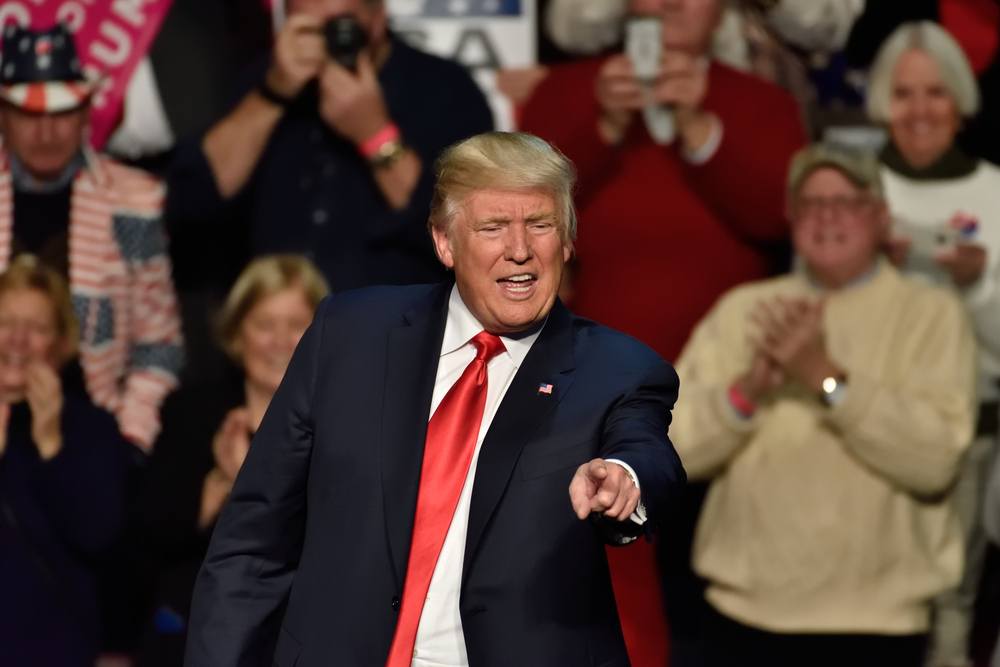Key Takeaways:
- President Trump signs an executive order making English the official language of the U.S.
- This reverses a Clinton-era policy requiring government-funded groups to provide non-English services.
- Critics argue the move limits opportunities for non-English speakers.
- Supporters say it unifies the country and promotes integration.
What’s Changed Now President Trump recently announced a major change to how the U.S. government operates. He signed an executive order declaring English as the official language of the United States. This decision overrides a previous policy started by President Bill Clinton, which required the government and groups receiving federal funds to provide services in multiple languages.
The Clinton policy aimed to ensure people who didn’t speak English could still access important services like healthcare, education, and voting materials. Now, with Trump’s new order, this requirement is gone.
Why This Matters The debate over making English the official language has been around for a long time. Supporters of Trump’s decision say it encourages unity and helps immigrants integrate into American society. They argue that speaking one language brings people together and makes it easier for everyone to communicate.
However, critics warn that this change could harm non-English speakers. Many people who don’t speak English may struggle to access essential services or fully participate in civic life. This could limit their educational and economic opportunities, making it harder for them to succeed.
Who Is Affected? The new policy mainly affects people who rely on multilingual services. For example, immigrants learning English or communities with high numbers of non-English speakers. Without access to services in their native language, these individuals may face challenges in navigating daily life, finding jobs, or pursuing education.
States and local governments can still choose to provide services in other languages, but it’s no longer required. This means the availability of multilingual services will vary widely depending on where you live.
The Bigger Picture This decision reflects a broader debate about language, culture, and identity in the U.S. The country has always been a melting pot of languages and cultures, but this new policy shifts the focus to English as the unifying force.
On one hand, promoting English could help create a shared language for all Americans. On the other hand, it risks marginalizing those who are still learning or prefer to use their native language.
What’s Next? As the Trump administration moves forward with this policy, there’s likely to be pushback from advocacy groups and lawmakers who oppose the change. They may challenge the decision in court or work to pass new laws restoring multilingual services.
For now, the focus is on how this policy will be implemented and what it means for non-English speakers across the country.
Final Thoughts Language is a powerful tool for connection and opportunity. While English is widely spoken in the U.S., it’s clear that not everyone shares the same fluency. By making English the official language, the Trump administration is emphasizing unity, but critics worry it could create barriers for those still learning the language.
As the debate continues, one thing is clear: the way the U.S. approaches language policy has a real impact on people’s lives—and their ability to succeed.

